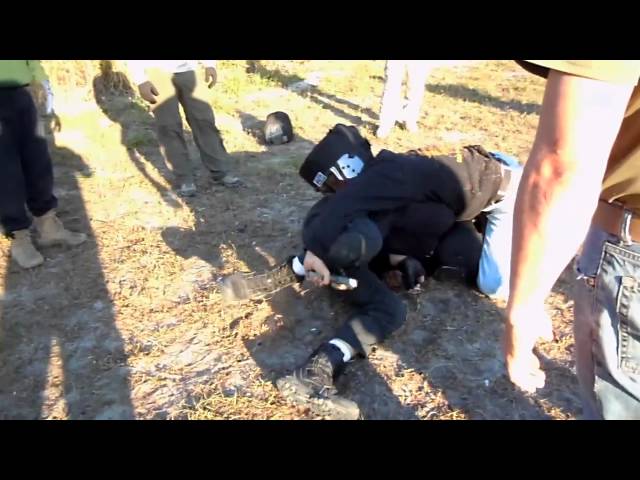The Stretch Relex is where stretching a muscle causes the excitation of muscle spindles which causes contraction of large skeletal muscles.
A simple example of this is when jumping from a height and landing on the feet, the impulse in the leg muscles will likely cause a corresponding reflex of contracting the gluteal muscles in the hip which helps protect the body from injury.
Stimulus of the skeletal muscle, in turn, causes the antagonist muscle to lengthen and relax. As the muscle relaxes and lengthens, the joint near the strike will not be as well protected as the body attempts to protect the core.
Naturally, our job is to take advantage of this reflex. How do we do that? Well, it is quite easy.
Let’s say we are striking to Golgi’s Tendon above the elbow (TB-11 for those with knowledge of acupuncture nomenclature). Naturally, the opponent will tense up as he expects the impact to his elbow region. As the muscles are about to be struct, they are contracted to resist the blow. The impact elicits a Stretch Reflex and immediately as the skeletal muscles are triggered, the relex causes the opponent’s muscles to relax and lengthen, leaving the elbow joint exposed to injury. Immediately following up with a second strike to the same target will result in damage to the joint!
It really is that easy. But, please be extremely careful when working with a partner as it is unbelievably easy to dislocate elbows with this strike and do serious harm to your training partner. So, please be gentle!

